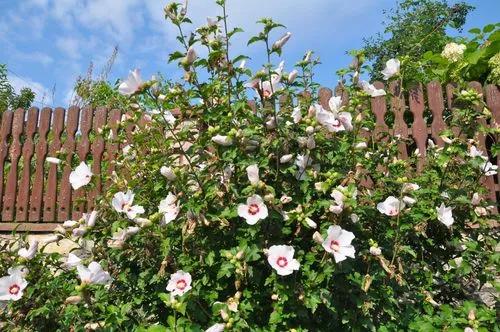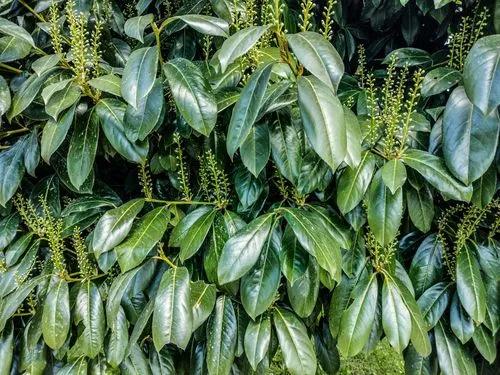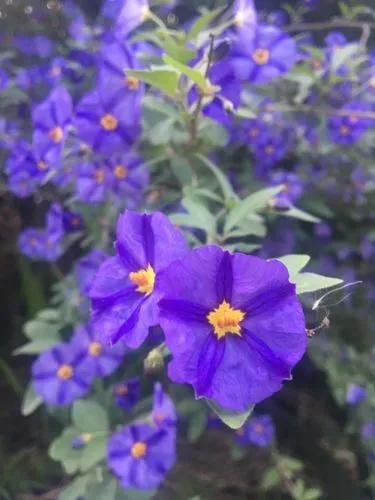Avicennia marina, commonly known as the Gray Mangrove or White Mangrove, is a tree species that thrives in the intertidal zones of estuarine areas. Its unique characteristics make it a standout in the world of Mangroves!
Gray Mangrove Care
Avicennia marina



Gray Mangroves typically grow as shrubs or trees, reaching heights of 3 to 10 meters (9.8 to 32.8 feet) but can stretch up to 14 meters (46 feet) in tropical regions. They feature a gnarled arrangement of multiple branches with smooth light-gray bark composed of thin, stiff, brittle flakes. The leaves are thick, 5 to 8 centimeters (2.0 to 3.1 inches) long, glossy green on the upper surface, and silvery-white or gray on the underside, with tiny matted hairs. Aerial roots, known as pneumatophores, help the tree absorb oxygen, a vital necessity in its habitat, and anchor it in soft tidal substrates.
How to Care for the Plant

Water

Gray Mangroves prefer their soil to retain some moisture but not become waterlogged. A healthy Mangrove usually requires no more than one watering per two weeks.

Pruning

Minimal pruning is required in most cases, but the occasional trimming can help maintain a tidy appearance and encourage denser growth. The optimal time for pruning is in early spring before new growth begins.

Fertilizer

Regular fertilization with a balanced, water-soluble fertilizer with a 10-10-10 or similar ratio is crucial. Be sure to follow manufacturer guidelines and water thoroughly before and after fertilizing to prevent root damage.

Sunlight

Gray Mangroves thrive in bright, indirect sunlight, favoring dappled shade or partial sun, particularly during peak sunlight hours. Finding the right balance ensures their vibrant foliage.

Soil

The best soil would be of the loamy kind. More specifically, dusty loam! Silt and clay are also good companions for these plants. They thrive in muddy soil conditions with a pH range of 6.5 to 8.0. They can tolerate periods of inundation by seawater, thanks to their pneumatophores.

Propagation

Propagation of Gray Mangroves is relatively straightforward, using stem cuttings from established vines. Place cuttings in well-draining potting mix in a warm, well-lit location. Roots will develop within a few weeks, making successful propagation possible.

Temperature

Gray Mangroves exhibit a wide range of ecotypes and forms, closely resembling other species. They are the pioneers of muddy soil conditions and intolerant of shade.

Container

Mangroves are rarely cultivated, so it's hard to imagine them cozy in a pot. However, who are we to stop green thumbs! If you have some patience, you can probably grow a mangrove in a container, granted it has perfect conditions for moisture retaining and zero chance of waterlogging. Make sure you have plenty of space. Fitting this beauty would not be an easy task!

Fun fact

The Gray Mangrove can excrete salts through its leaves, allowing it to thrive in high-salinity environments. It's also known for its tolerance to extreme weather conditions, high winds, and various pests and diseases.

Popularity

117 people already have this plant 8 people have added this plant to their wishlists
Discover more plants with the list below
Popular articles






